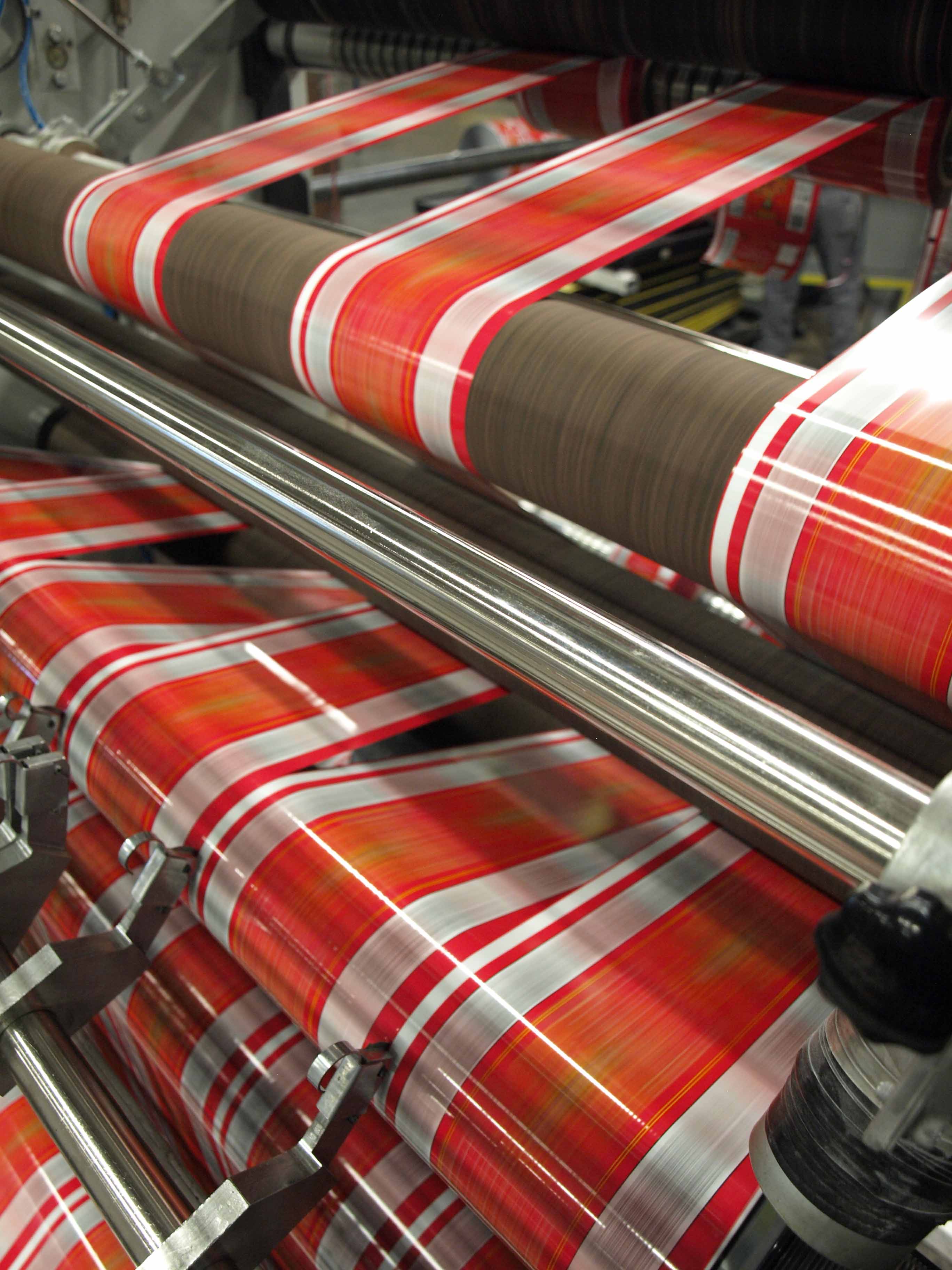Topics: Factory Scheduling, Advanced Planning and Scheduling, manufacturing, PlanetTogether, Industry, Implementation, APS, packaging, implementation speed

Flexible packaging is the second largest segment in US packaging, accounting for 18% of the industry. It makes sense; this type of product wrap is ubiquitous. Every time you open a bag of chips, squeeze a tube of toothpaste, or get your afternoon caffeine fix from a teabag, you can thank the nearly 79,000 American workers in flexible packaging manufacturing.
The complexity of printing on a flexible substrate is daunting. The sheer variety of materials-- such as polybags, extruded polyethylene films, overwraps, and rollstock-- complicate the already challenging process. Schedulers must account for ink changeouts, equipment set-ups, and different cure times. Add to this the normal floor constraints of job deadlines, labor skill-sets needed, and post-processing activities required, and it becomes apparent how much a facility in this industry can improve processes with a robust scheduling tool.
Let's look at just one challenge of this industry: applying the ink.
Every company is concerned with how their brand displays on the shelf. Graphic images need to be clear. Color palettes must remain consistent with branding guidelines between batch runs. How the ink is taken up depends greatly upon the material on which it is being printed; some will have longer drying times, and others may make colors appear off. If more than one pass is needed to apply the inks, the wait time between runs needs to accounted for in the schedule. If more than one ink is used at a time, that set-up may take longer.
Depending upon the volume of each job, cleaning ink dispensing equipment, print heads, and printing plates and cylinders may be necessary mid-run. Minimizing waste is important so that the operation can run as “lean” as possible. Any mishap along the way will, of course, add to run times and throw a schedule out of sync, creating bottlenecks. The trick is to be prepared and to have a system in place to respond to them.
Setting aside buffer time can generate a realistic schedule, but forecasting potential bottlenecks may be required to grow an operation. Solutions, then, are at the ready if, for example, equipment breaks down, or curing time takes longer than expected. A planning system – one that has integrated all possible constraints into its code and is operating with a database of real-time data – can deal with complicated printing operations like these.
Topics: Factory Scheduling, Advanced Planning and Scheduling, manufacturing, PlanetTogether, Industry, Implementation, APS, packaging, implementation speed
0 Comments
No video selected
Select a video type in the sidebar.







LEAVE A COMMENT